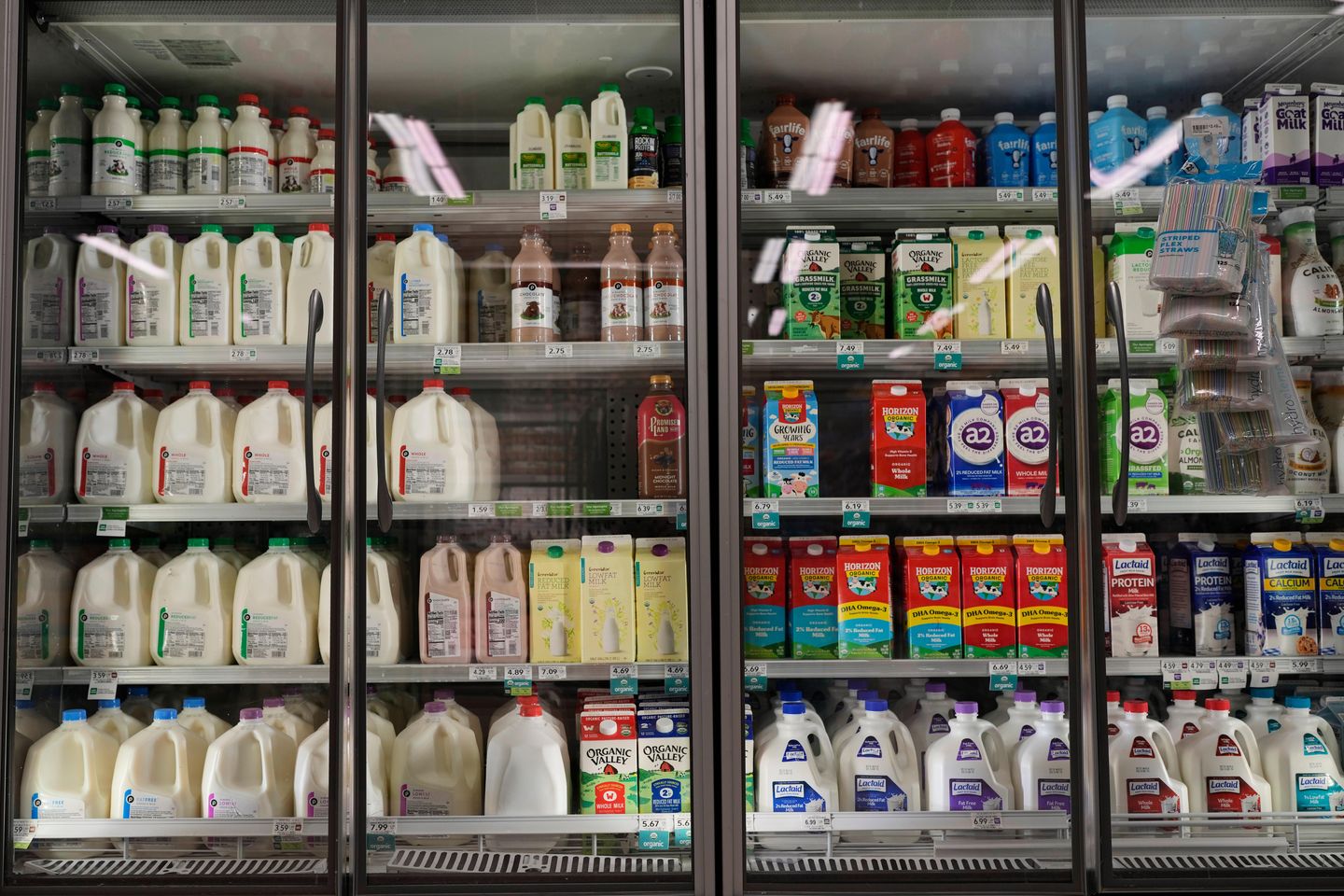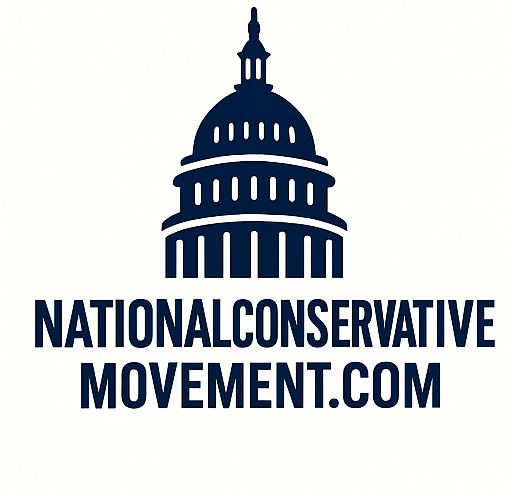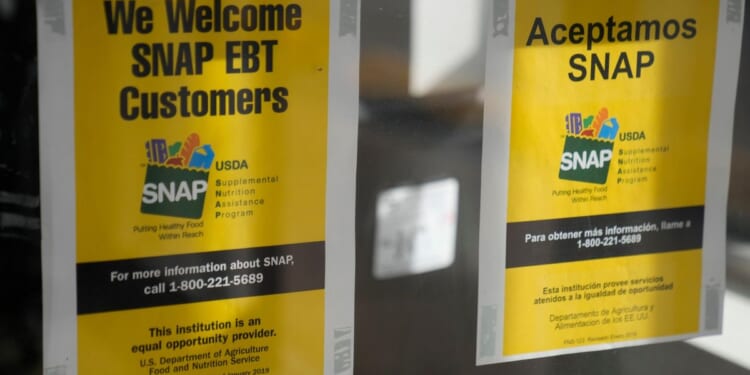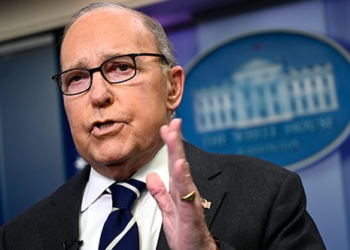
The Trump administration said Monday it will pay out 50% of food stamp benefits this month amid the government shutdown — but also said to expect delays and other hiccups as states rush to reconfigure their systems to make partial payments.
And officials said once the contingency money is gone, they won’t be able to pay any more.
An Agriculture Department official rejected judges’ suggestions that the government could tap other money in the government’s school lunch program to spend on food stamps, suggesting it’s up to Congress to reopen the government and restart all the usual spending.
The decision to pay partial benefits is a reversal for the White House, and comes at the prodding of two federal judges who’d challenged the administration’s initial decision to withhold all food stamp money starting this month.
Patrick Penn, deputy under secretary at the Agriculture Department, said they have $4.65 billion in a contingency fund that they can use for the Supplemental Nutrition Assistance Program, even though the government is largely shut down.
The program gives out roughly $9 billion a month for SNAP recipients to buy groceries.
The decision marks a walk-back for the Trump administration, which had previously said it would not pay the benefits since it felt the SNAP program was terminated during the shutdown. It had hoped to use the loss of benefits to pressure Democrats to agree to reopen the government with no strings attached.
But two federal judges said the contingency money must be used, undercutting the White House’s stance.
Mr. Penn, though, did reject the judges’ suggestions to siphon money from the government’s school lunch fund, saying that money must remain available in the Child Nutrition Program.
He called it a “no-win quandary.”
“Using billions of dollars from Child Nutrition for SNAP would leave an unprecedented gap in Child Nutrition funding that Congress has never had to fill with annual appropriations, and USDA cannot predict what Congress will do under these circumstances,” he said.
Mr. Penn also warned that the transition to make the partial payments could be rough.
“Given the variation among state systems, some of which are decades old, it is unclear how many states will complete the changes in an automated manner with minimal disruption versus manual overrides or computations that could lead to payment errors and significant delays,” he said.
President Trump’s opponents in Congress castigated him for not finding the money to pay full benefits, saying he’s inflicting pain on the program’s beneficiaries.
“Partial funding simply isn’t sufficient to keep food on the tables of American families who have already missed their benefits due to the administration’s reckless and illegal inaction,” said Rep. Yvette Clarke, chair of the Congressional Black Caucus.
Democrats have said Mr. Trump is using the program as leverage in negotiations over the shutdown.
The administration said its hands were tied by the law.
The shutdown, which began Oct. 1 and has now stretched into its second month, cut off the basic funding for food stamps, which must be reallocated every year.
Trump opponents went to court to argue that there was a $6 billion contingency pool Congress had funded through Sept. 30, 2026, so the money is still there and could be used to make some food stamp payments.
Trump officials said the shutdown effectively erased the SNAP program, so there was no legal way to spend the contingency money.
U.S. District Judges Indira Talwani in Massachusetts and John McConnell Jr. in Rhode Island — both Obama appointees — sided with the administration’s opponents, saying the program remained in existence and the contingency money should be used.
Mr. Penn said $750 million of the $6 billion contingency has already been used and the administration has earmarked another $600 million to help state agencies reconfigure their systems and to pay benefits in Puerto Rico and American Samoa.
That leaves $4.65 billion to be used for food stamp benefits, or enough to pay 50% of the current allotment.
Mr. Penn acknowledged the additional money available for child nutrition — some $25.2 billion that came from customs duties and wasn’t affected by the shutdown.
But he said they couldn’t be sure any money taken from that would be replenished by Congress, so using it now could damage the child programs — and the 29 million kids who benefit.
“Shifting $4 billion dollars to America’s SNAP population merely shifts the problem to millions of America’s low income children that receive their meals at school,” he said.
Some 42 million people were using food stamps as of this spring. Payments are staggered throughout the month, meaning several million have already missed their first allotment.
The average monthly benefit is about $175 per person, and the average household with children gets $574 a month.
The shutdown sprang from Congress’s inability to pass new spending bills for fiscal year 2026, which began Oct. 1.
The GOP-led House passed legislation to keep the government funded at the levels it had operated on for most of the last two years, dating back to when President Biden was in office.
But Senate Democrats have filibustered to block the money. They have said they won’t allow the government to reopen unless Congress also approves a new extension of pandemic-era Obamacare programs and rolls back some of the health coverage trims Republicans secured in the budget law that passed in July.










